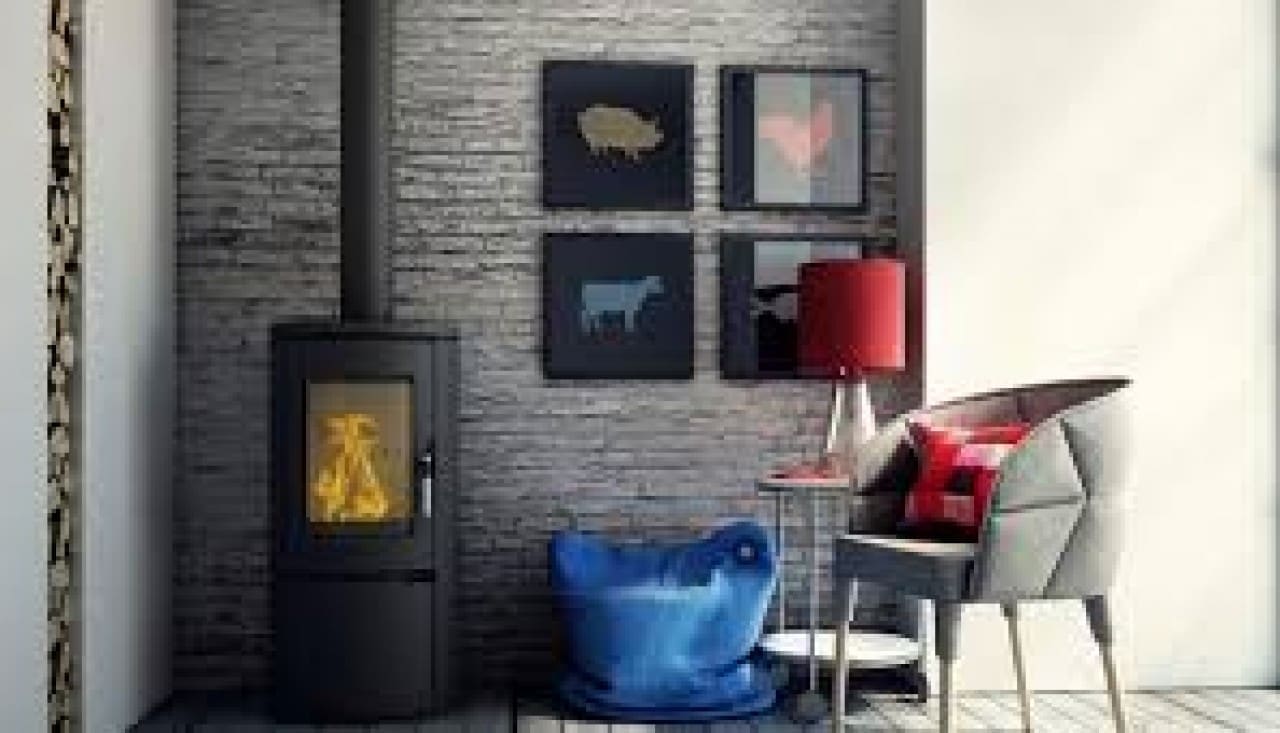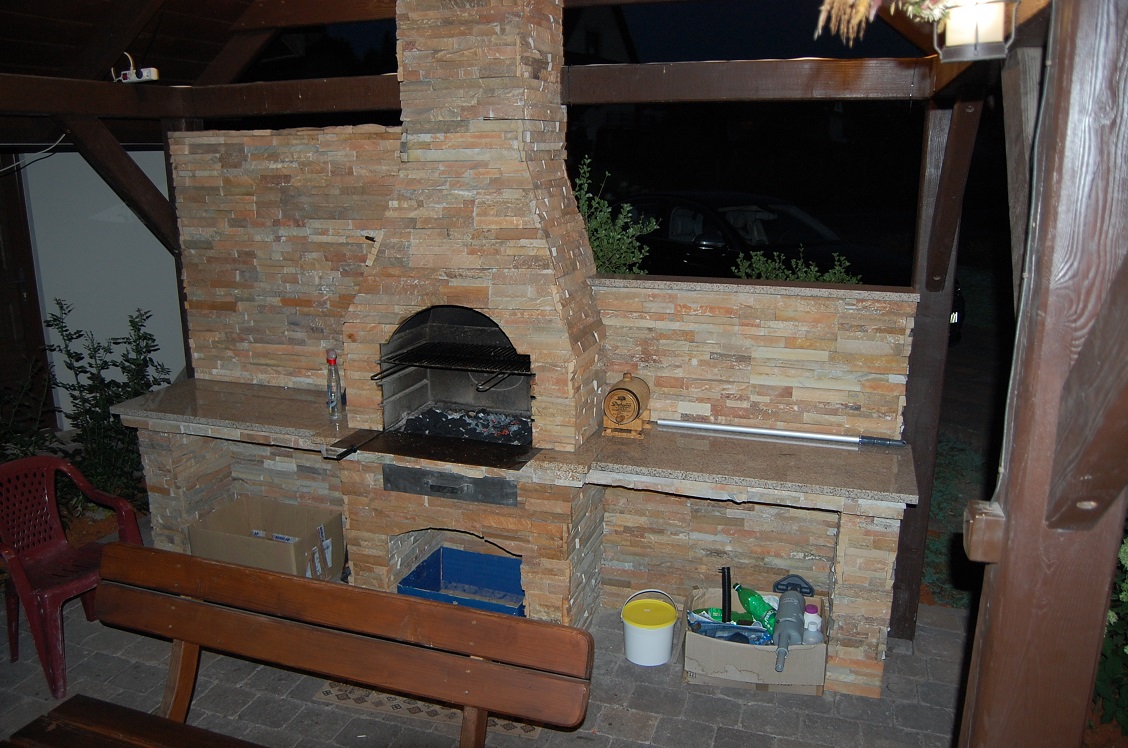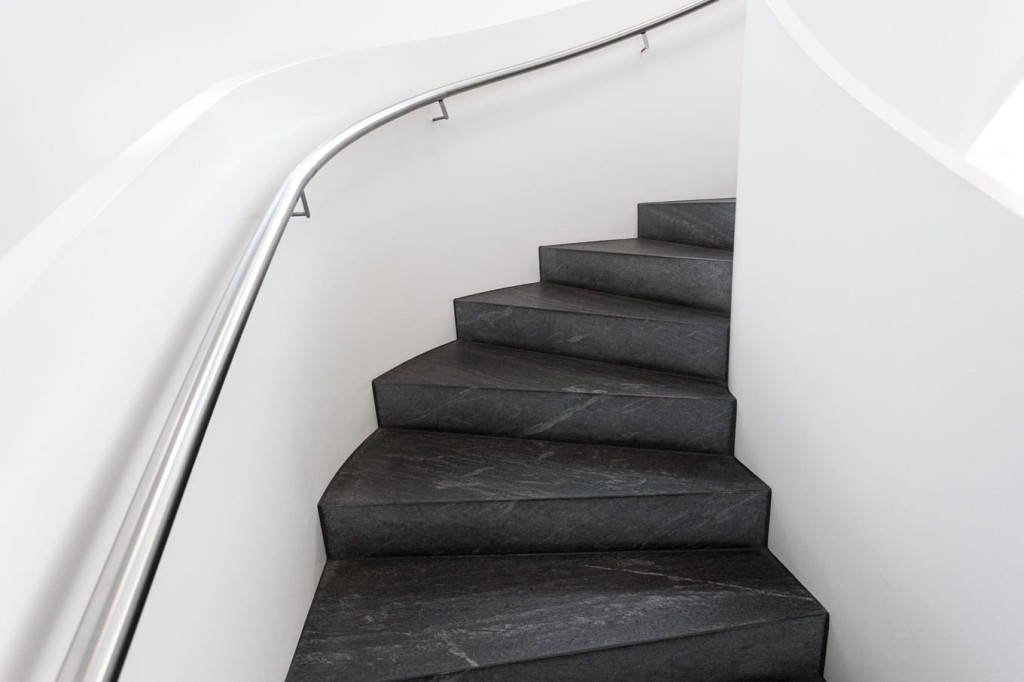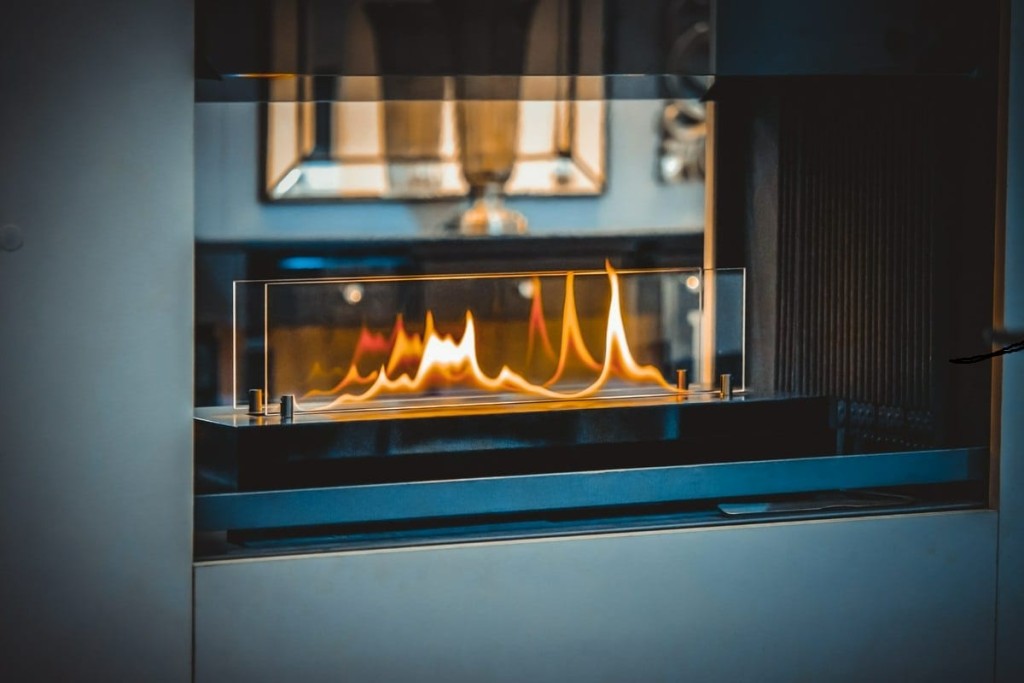When to choose steel inserts?
A lot of people wonder what type of a fireplace insert they should choose: a steel one or a cast-iron one? In no way is it an easy task, especially that before taking a decision, we should consider a number of other factors. To dispel any doubts, we are going to demonstrate when to choose steel inserts and when cast-iron ones.
A lot of people wonder what type of a fireplace insert they should choose: a steel one or a cast-iron one? In no way is it an easy task, especially that before taking a decision, we should consider a number of other factors. To dispel any doubts, we are going to demonstrate when to choose steel inserts and when cast-iron ones.
Steel fireplace inserts and their advantages
Most modern fireplaces use steel inserts, with fireclay and vermiculite profiles, which are placed inside and which accumulate warmth. By using the second of the aforementioned materials, we increase the heat values of wood combustion and thus, burning out tarry substances. All this translates into higher efficiency of combustion and the ease with which a heat-proof glass can be maintained.
As steel is resistant to thermal shocks, well-made inserts are very durable. It is estimated that steel inserts are characterised by a higher efficiency (about 80%) than cast-iron ones. Additionally, as steel inserts can be freely shaped, they come in a variety of shapes and sizes.
Steel fireplace inserts and their drawbacks
The steel inserts with fireclay and vermiculite profiles are to be properly maintained. As these elements can crack, they will have to be replaced.The fireplace inserts in which thin steel walls have been applied are short-lived. The part, which is located nearest to flames heats up the fastest while the remaining part stays cool, which causes the deformation and unsealing of steel plates.
Another disadvantage might be the fact that steel inserts are a bit more expensive than cast-iron inserts.
More and more frequently, we can find on our market the inserts, where both cast-iron and steel have been applied. Sometimes, it is a furnace with walls lined with the cast-iron material. Such a solution is cost-effective, because cast-iron plates transfer the heat load are can be easily replaced. No wonder, many people opt for steel and cast-iron inserts.








